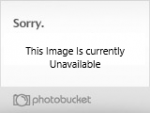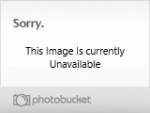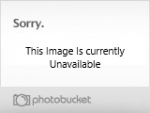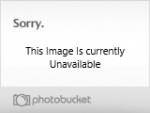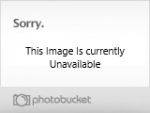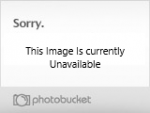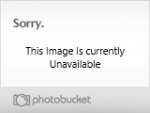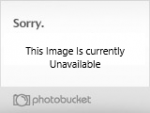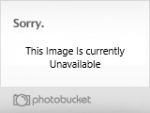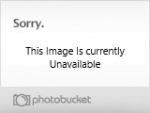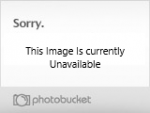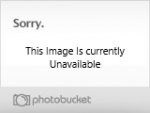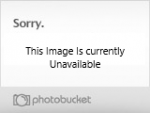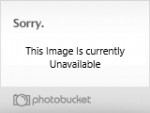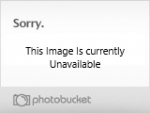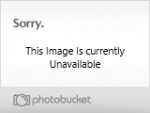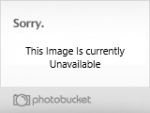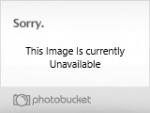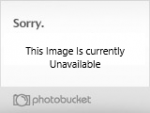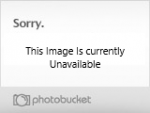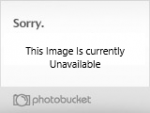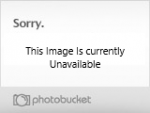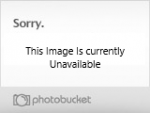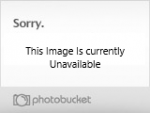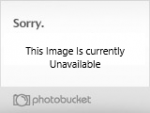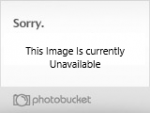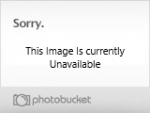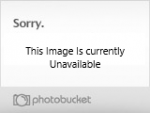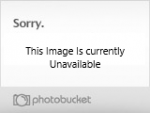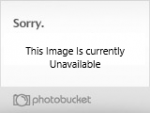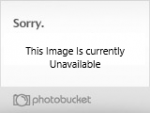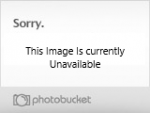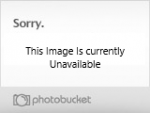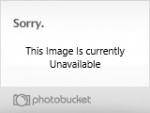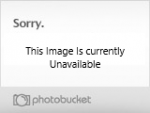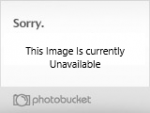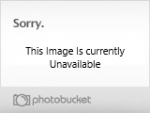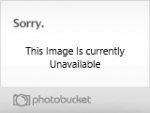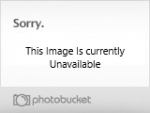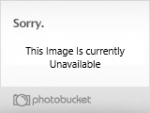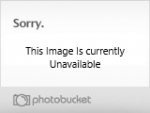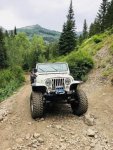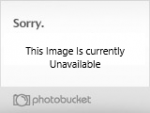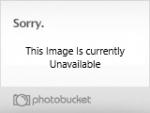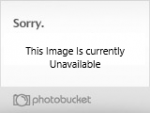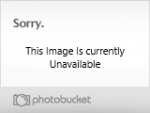As another option you could cut down the long side and skip the outboarding.
I did this 10 years ago.
I removed the outers and shafts and just need to pop out the gears. I will cut about 4” give or take. If I can find a scout shaft to match the cut I’ll use it or have the waggy shaft cut and re-splined.

A quick review of the procedures I used in stripping the front 44.
Remove the two calibers pins and caliber.
I removed the rotor hub cap screws and used a rubber mallet to pop off the cap. I then removed the two snap rings, one is on the end of the axle shaft and the other is recessed in the hub. You will need some type of pick set to pry up the hub ring. If your dental hygienist is digging you she would be more then happy to give you a couple.
Next removed would be the drive gear, pressure spring, and spring retainer. You can use the screws from the outer cap to aide in removing the drive gear. The axle is 30 years old so I had to lube and work the drive gear to persuade it to come out, typically they should come out with ease as the other side did for me.
There will be two lock nuts that you will need a special socket with prongs to remove they are inexpensive and you can find then at any FLAPS. There is a washer that’s best removed using a magnet as well. You can now slide off the hub.
To remove the spindle I re-installed the lock nut and tapped it on all side to loosen the spindle. When I had a gap between the spindle and knuckle I then used a screw driver and worked it around the spindle until it came off. The shafts can now be removed.
Next were the knuckles, there is a cotter pin in the castle nut but most times in these old axles their rusted and break off. I don’t fool with then much I just bend then over and use a gun to loosen the nut. Leave the castle nut flush with the top of the ball stub. Remove the jam nut on the lower ball joint. With the castle nut flash you now have a good base to give it a good wack with a 3 pound hammer and the knuckle will pop off. This may take more then a few wacks but it should come off.
To remove the diff gears loosen the bearing cap bolts but don’t take them completely off that way they will hold the diff case from accidentally falling to the ground. I used two pry bars to remove the case I also used some sheet metal under the bar as not to nick the machined surface. Once you pop the case loose then remove the bearing caps. If your reusing the bearings make sure you mark the bearing caps because they need to go back in the same place.
With sheet metal already removed.
Next removed the pinion nut, using a puller makes short work of the yoke. Using a rubber mallet give the pinion a light blow and the pinion should pop out. Re-installing the diff cover is a good idea so the pinion doesn't land on the ground.
I removed the bearing cups with an awl by tapping around the cup. One cup will need to be removed from the diff cover side and the other from the pinion side.
